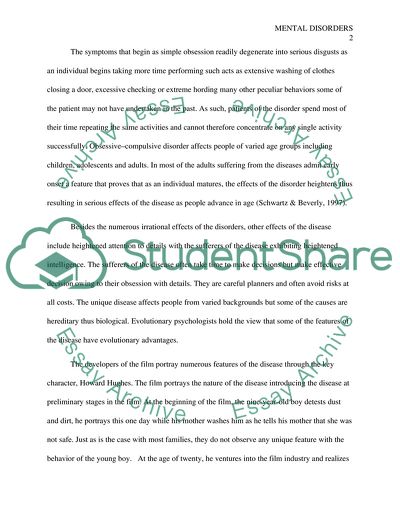Cite this document
(“Mental Disorders in the Film The Aviator Research Paper”, n.d.)
Mental Disorders in the Film The Aviator Research Paper. Retrieved from https://studentshare.org/psychology/1650052-please-see-instuctions
Mental Disorders in the Film The Aviator Research Paper. Retrieved from https://studentshare.org/psychology/1650052-please-see-instuctions
(Mental Disorders in the Film The Aviator Research Paper)
Mental Disorders in the Film The Aviator Research Paper. https://studentshare.org/psychology/1650052-please-see-instuctions.
Mental Disorders in the Film The Aviator Research Paper. https://studentshare.org/psychology/1650052-please-see-instuctions.
“Mental Disorders in the Film The Aviator Research Paper”, n.d. https://studentshare.org/psychology/1650052-please-see-instuctions.


